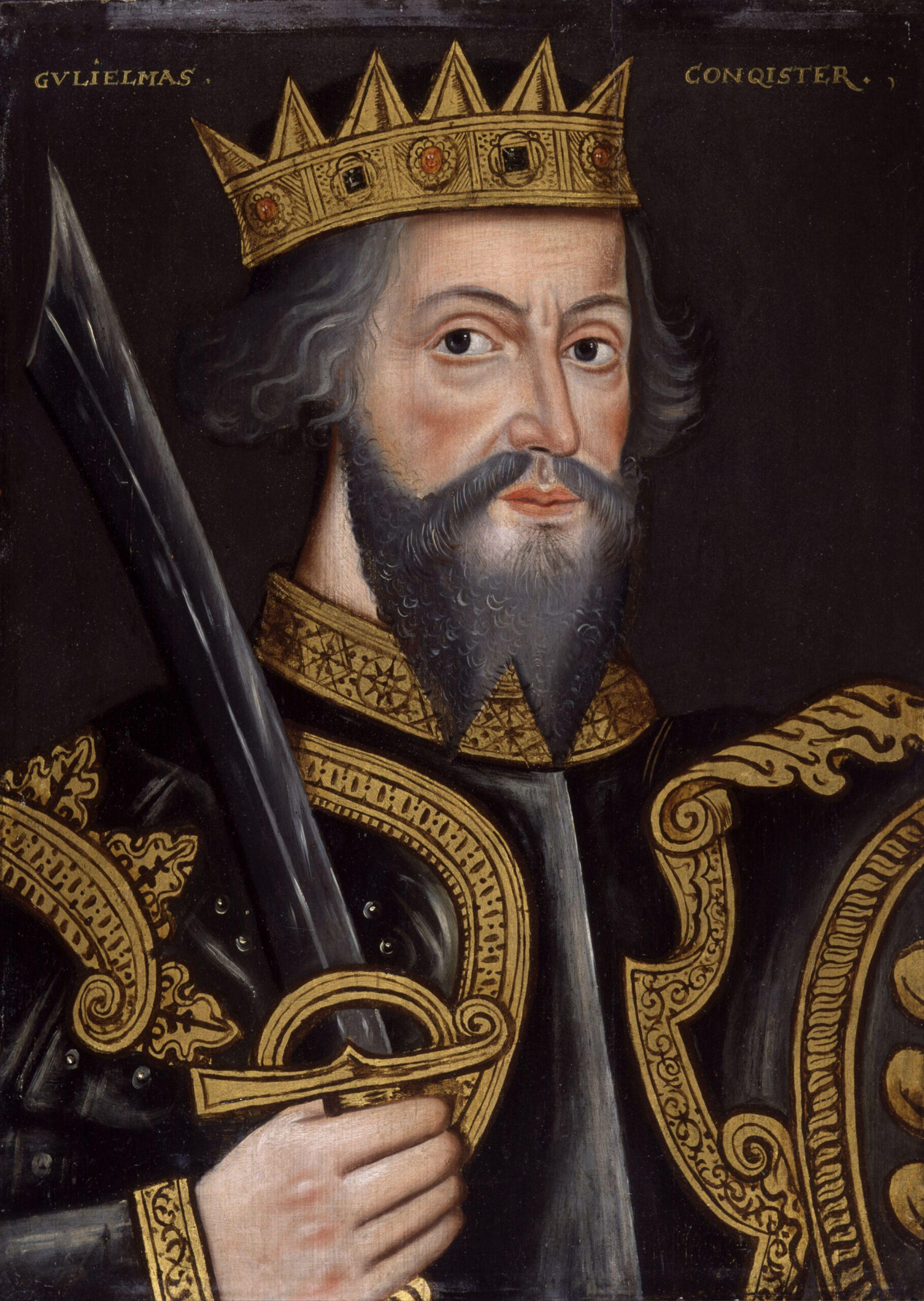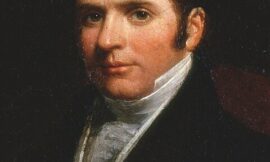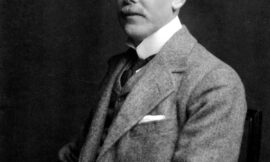Introduction
William the Conqueror, born in 1028 in Falaise, Normandy, France, was a pivotal figure in European history whose actions shaped the trajectory of England and Normandy. As the Duke of Normandy and later the King of England, William’s legacy is marked by the Norman Conquest of England in 1066, which altered the political, social, and cultural landscape of England in profound ways. His reign established a new ruling elite, introduced Norman culture and language, and laid the foundations for the centralized feudal system in England. William’s life, ascent to power, and the consequences of his conquest provide a compelling narrative of ambition, warfare, and governance.
Early Life and Rise to Power
William was born the illegitimate son of Robert I, Duke of Normandy, and Herleva, the daughter of a local tanner. This illegitimacy earned him the nickname “William the Bastard,” but it did not prevent him from rising to power. When William was about eight years old, his father died during a pilgrimage to Jerusalem, leaving young William as his heir. His early years were fraught with danger and instability; as a child ruler, he faced numerous assassination attempts, rebellions, and the constant threat of being overthrown by Norman nobles who viewed him as weak and illegitimate.
Despite these challenges, William grew into a formidable leader. He consolidated his power through strategic alliances and by ruthlessly quelling rebellions. His marriage to Matilda of Flanders in 1053 further strengthened his position, as it allied him with one of the most powerful noble families in Europe. By the time he reached adulthood, William had established himself as a strong and capable ruler of Normandy, known for his military prowess and political shrewdness.
Claim to the English Throne
William’s claim to the English throne was rooted in his familial connections and promises made by the English king Edward the Confessor, who had no direct heirs. Edward, who had spent time in Normandy during his youth, allegedly promised the throne to William, a promise that was later contested by others. In 1066, when Edward died, the English crown was claimed by Harold Godwinson, a powerful English noble who was quickly crowned King Harold II.
William immediately disputed Harold’s claim, asserting that Edward had promised the throne to him and that Harold had sworn an oath to support William’s claim during a visit to Normandy. William sought the support of the Pope, who granted him a papal banner for his invasion, framing his cause as a righteous mission to reclaim a rightful throne. This papal support not only bolstered William’s claim but also attracted knights and soldiers from across Europe to join his cause, framing the invasion as a holy endeavor.
The Norman Conquest and the Battle of Hastings
The most defining moment of William’s life came on October 14, 1066, at the Battle of Hastings. William’s forces, composed of Normans, Bretons, Flemish, and other allies, faced King Harold’s English army. Despite being outnumbered and fighting on foreign soil, William’s tactical acumen and the discipline of his troops proved decisive. The battle was fiercely fought, with William’s forces initially struggling against the shield wall of the English army. However, William employed a clever tactic: feigning retreat to draw Harold’s forces into a vulnerable position. This maneuver broke the English lines, leading to the death of Harold and the collapse of English resistance.
William’s victory at Hastings was not merely a triumph of arms but a turning point in English history. After the battle, William advanced towards London, facing scattered resistance but ultimately securing the submission of English nobles. On Christmas Day 1066, William was crowned King of England in Westminster Abbey, solidifying his claim to the throne. His coronation marked the beginning of Norman rule in England, which would have far-reaching consequences for the country.
Reign as King of England
William’s reign as King of England was characterized by efforts to consolidate his control over his new realm. He faced numerous challenges, including rebellions by English nobles and threats from neighboring kingdoms. To secure his rule, William implemented a series of measures that reshaped English society:
- Feudal System: William introduced the Norman feudal system to England, redistributing land to his loyal Norman followers while dispossessing many of the Anglo-Saxon nobility. This created a new ruling elite that owed its loyalty directly to the king, ensuring centralized control over the kingdom.
- The Domesday Book: In 1085, William commissioned the Domesday Book, an extensive survey of his English territories. This document was a detailed record of landholdings and resources, used to assess taxes and manage the realm’s wealth. The Domesday Book remains a vital historical source, providing insight into the social and economic conditions of 11th-century England.
- Military Fortifications: To maintain control, William built numerous castles across England, including the iconic Tower of London. These fortifications served as symbols of Norman authority and as defensive structures against potential rebellions and invasions.
- Legal and Administrative Reforms: William retained much of the existing Anglo-Saxon legal framework but made significant adjustments to strengthen royal authority. He introduced Norman customs, laws, and language, which gradually merged with English traditions.
- Church Reforms: William also reformed the English Church, aligning it more closely with the papacy. He replaced Anglo-Saxon bishops with Norman clergy, who were loyal to him, thus ensuring that the Church supported his rule.
Challenges and Legacy
William’s reign was not without challenges. He faced frequent revolts from both the English populace and discontented Norman barons. In the north of England, resistance was particularly fierce, culminating in William’s infamous “Harrying of the North” in 1069-1070, where he devastated large areas to quash rebellion. This scorched-earth campaign resulted in significant loss of life and suffering, showcasing William’s ruthless determination to maintain control.
Despite the challenges, William’s impact on England was profound and lasting. The Norman Conquest transformed the English language, culture, and aristocracy. The fusion of Norman and Anglo-Saxon traditions led to the development of Middle English and set the stage for England’s future as a powerful European kingdom. William’s introduction of Norman governance laid the foundation for a centralized state that would evolve into the English monarchy as known today.
Death and Succession
William died on September 9, 1087, in Rouen, Normandy, after suffering injuries from a fall off his horse during a military campaign in France. His death was followed by a complex and often turbulent succession. William’s lands were divided among his sons: Robert Curthose inherited Normandy, while his second son, William Rufus, became King of England. This division sowed seeds of discord between the brothers, leading to conflicts that would persist for years.
Conclusion
William the Conqueror’s legacy is one of transformation and conquest. He was a skilled and ambitious leader whose actions not only altered the course of English history but also left an indelible mark on European politics. His consolidation of Norman rule in England set the stage for centuries of Anglo-Norman dominance, and his administrative reforms laid the groundwork for the development of the modern English state. William’s life and reign exemplify the complex interplay of power, culture, and ambition that shaped medieval Europe, making him one of history’s most influential figures.



